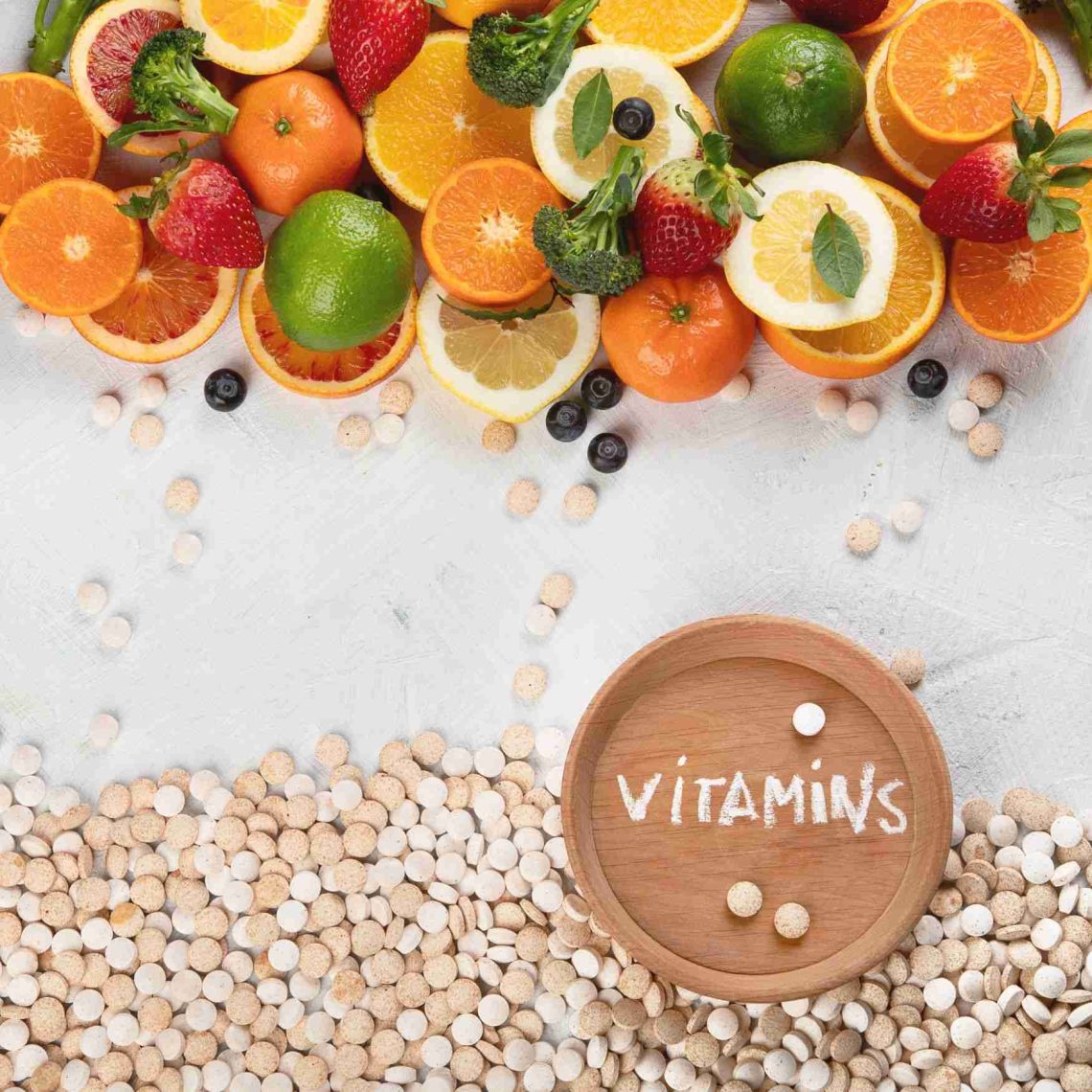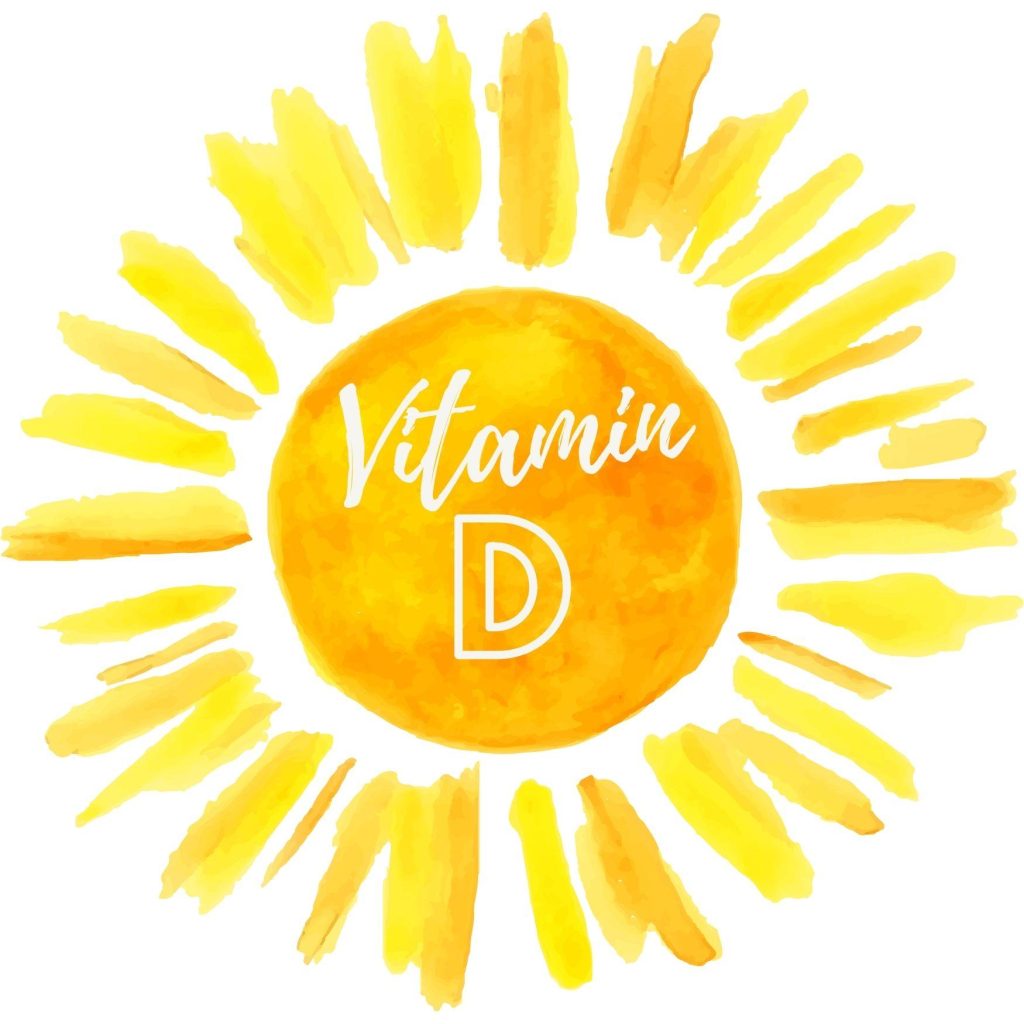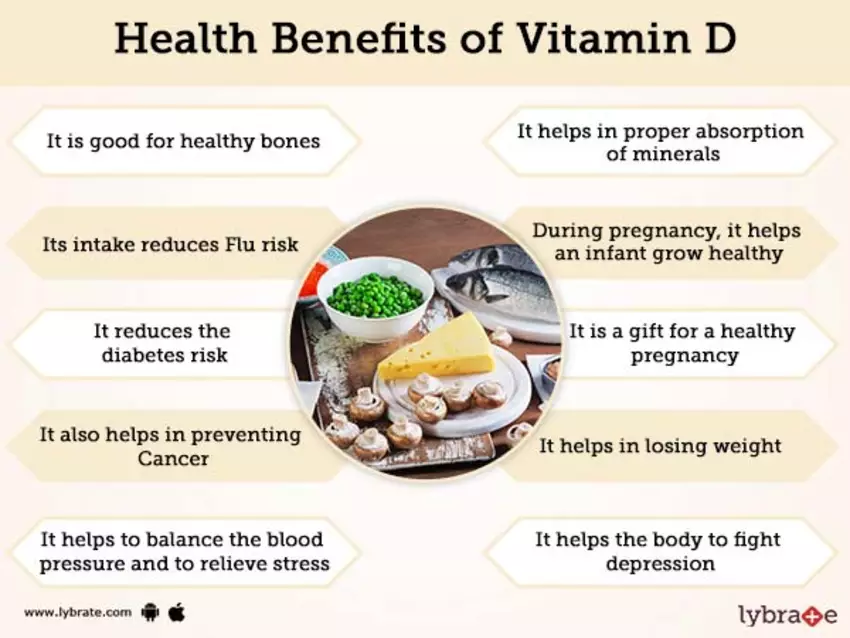
Health alphabet #1 Vitamin D3
Yes, yes, it’s not a mistake that I start the health alphabet with vitamin D3 and not with vitamin A 😉
* The most important,
* the most underrated
* its deficiency causes serious diseases
* and we usually have too little of this vitamin 🙁
Let’s start from scratch:
What is this?
Vitamin D, along with vitamins A, E and K, belongs to the group fat-soluble vitamins. She was discovered
only in 1919 by Mellanbe, who for the first time the first to show that rickets could be caused by eficiencies in the diet of soluble substances in fats. Vitamin D can be supplied to the body in two ways – with food products or by skin synthesis. In the skin, with the participation of rays ultraviolet B (UVB, ultraviolet B radiation), comes for the synthesis of vitamin D. Then, with the participation of appropriate enzymes, it is metabolized to the active form – 1,25-dihydroxyvitamin D. (1)
How to determine its level in the body? And what is the norm?
Blood test marked:
- Vitamin D calcidiol 25(OH) D
or - Vitamin D carcitriol 1.25 (OH)2D
The major circulating metabolite of vitamin D is 25(OH) vitamin D, which perfectly reflects the amount
vitamin D in the body, both from diet and and synthesized in the skin.
Standard:
- Deficiency < 20 ng/mL
- low 20 – 30 ng/ml
- normal 30 – 50 ng/ml
- elevated 50–100 ng/ml
- potentially toxic 100-150 ng/ml
- toxic value > 150 ng/ml
Where can I find the Vitamin D?
- Sun – Vitamin D is synthesized in the skin under the action of ultraviolet rays. It is best to expose yourself to the sun at approx. 12.00 and no sun filters. A session of 20 minutes is enough for the body to produce a lot of Vitamin D3.

2. Food –
There are two forms of vitamin D in food, as vitamin D2 (in plant products and yeast) and vitamin D3 (in foods of animal origin). In addition, an adequate supply of fats is necessary for the proper absorption of vitamin D from the gastrointestinal tract.
Eat: fish, among others eel, herring or wild salmon, mackerel. Drink a tran. Vit D is also present in dairy products, i.e. in egg yolk, cheese, milk, butter and yoghurt.
3. Vitamin D3 supplementation preferably in the form of capsules (not tablets).



Why is it so important?
- Has a huge impact on the proper functioning of the immune system (2),
- responsible for the proper calcium and phosphorus economy – that is, it takes care of our bones (osteoporosis)!
- Vit D works so versatile that it is impossible to list all the advantages, but it is worth looking at the list below, which indicates what happens when we have vitamin D deficiency:
Vitamin D deficiency causes:
- low resistance of our immune system,
- in children_ vision disorders, rickets and bone deformities,
- weakened nervous system,
- problems with concentration, mood disorders,
- Hypocalcemia (tetany and tetany equivalents)
- diseases of the cardiovascular system
- increased risk of bone fractures
- type 1 and type 2 diabetes,
- diabetic nephropathy
- In adults: Autoimmune diseases
- osteomalacia
- schizophrenia
- osteoporosis
- depression
More recently, diseases such as multiple sclerosis, systemic sclerosis, cardiovascular disease, obesity, and colorectal, breast, and pancreatic cancers have also been linked to vitamin D deficiency(3)(4).
Enough scaring – what am I doing?
I check my vitamin D level every year. I live in Bergen, there is really not much sun here, so I supplement vitamin D daily in a dose of about 4000IU. I eat well, I eat cheese, eggs, fish, especially mackerel. When I go on vacation – I do not supplement with vitamin D. I always start tanning with 20 minutes without a filter – there is no risk of burns if you watch the time 🙂
I believe that it is a very important vitamin – when you look at how many diseases it can cause, even indirectly, the supplementation of this Vitamin should become an indispensable daily ritual for you. I highly recommend.
However, if you have any concerns, always consult your doctor.

Sources:
1.https://journals.viamedica.pl/choroby_serca_i_naczyn/article/view/12035
2. https://publisherspanel.com/api/files/view/29611.pdf
3. https://www.synevo.pl/witamina-d/
4. https://phmd.pl/resources/html/article/details?id=152552&language=pl




